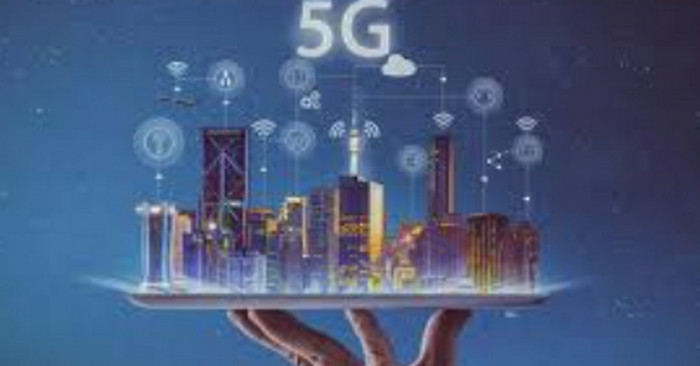With the introduction of 5G technology, the development of mobile networks has reached a turning point. With its promises of more capacity, reduced latency, and quicker speeds, 5G is poised to completely transform communication. This article examines the foundations of 5G, as well as its advantages, practical uses, and the future it portends.
5G: What is it?
The fifth generation of mobile networks, or 5G, is a major advancement above 4G. It is made to satisfy the ever-increasing demands of a digital world for data and connectivity. In contrast to 4G, which is mostly focused on mobile broadband, 5G intends to connect everything, including smart cities and smartphones.
Massive MIMO (Multiple Input Multiple Output), millimeter waves, tiny cells, and beamforming are the key technologies behind 5G. Together, these technologies offer higher network capacity, lower latency, and faster data rates.
High-frequency bands that enable extraordinarily fast data transmission are provided by millimeter waves. Small cells are miniature base stations that can be used to increase capacity and coverage in crowded metropolitan settings. In order to transmit and receive more data at once, massive MIMO employs numerous antennas, and beamforming targets individual users to increase efficiency and decrease interference.
Advantages of 5G
Improved mobile bandwidth is one of 5G’s biggest advantages. 5G can easily handle high-definition streaming, online gaming, and huge file downloads thanks to speeds up to 100 times faster than 4G. The way we engage online and consume media will be completely transformed by this increased bandwidth.
Another significant benefit of 5G is ultra-reliable low latency communication (URLLC). Previously unattainable real-time applications are now available with 5G’s millisecond latency. For applications where split-second choices are essential, such as industrial automation, remote surgery, and autonomous cars, this low latency is essential.
Massive machine-type communications, or mMTC, is another feature of 5G that is necessary for the Internet of Things (IoT). 5G will enable connected industries, smart homes, and smart cities by linking billions of gadgets. Increased efficiency and creativity will result from this connectedness in a number of industries.
Practical Uses
The effects of 5G are already being seen in a number of businesses. 5G makes cloud gaming possible in the entertainment and gaming space, allowing games to be delivered straight to devices without requiring expensive gear. This change allows more people to access top-notch gaming experiences.
Autonomous vehicles are being made possible by 5G in the automotive sector. For safe navigation, self-driving cars need real-time data, which 5G’s low latency and great dependability make possible. Vehicle-to-everything (V2X) communication is another feature of 5G that allows cars to talk to each other and the surrounding infrastructure to enhance safety and traffic flow.
5G technology has additional benefits for the education industry. High-speed internet access improves the efficiency and accessibility of remote learning. Education is made more dynamic and engaging through the use of virtual classrooms and augmented reality (AR) experiences.
5G enables remote surgery and telemedicine in the medical field. Doctors may confer with patients remotely through high-definition video calls, and robotic surgery can be executed precisely even at a distance thanks to reduced latency. The availability of healthcare in rural and underserved places can be greatly enhanced by this connectivity.
In summary
5G technology is opening the door to a new era of connectedness, revolutionizing various industries and enhancing daily lives. Its advantages—which include enormous IoT support, low latency, and improved mobile broadband—are spurring efficiency and innovation in a number of industries.
The benefits of 5G will only increase when it is implemented more widely. The possibilities are boundless, ranging from smart cities to self-driving cars. Acquiring knowledge about 5G advancements and comprehending its possible uses can aid people and companies in being ready for the future.
We may anticipate a world that is more innovative, efficient, and connected as we embrace 5G technology. The era of connectedness is upon us, and it has the potential to be revolutionary.
